Save 30 Percent Fuel Cost By Hypermile
30 Fuel Saving Tips For Saving Over 30 Percent On Fuel Cost
Hypermile: Extreme Energy Efficient Driving
Hypermiling is the art of saving fuel by understanding and reducing the driving habits or ways that sips extra fuel on every mile (km) you drive. Without knowing the below little secrets we conveniently blame the vehicle or car manufacturer to design such fuel-thirsty cars. Of course, we agree some cars are more fuel-sipping than others that have been engineered with fuel efficiency in mind, but still, you can control the fuel efficiency by over 30 percent by simply following the below fuel-saving tips.
For result-oriented fuel-saving, one needs to understand the basic science behind fuel consumption in simple language. When your body works out hard or runs a long stretch, you eat more food. Similarly, car fuel consumption depends on this basic science too, that how hard you drive and how much load you carry from place A to place B. Secondly how you can reduce the drag against the incoming air as a basic law of physics.
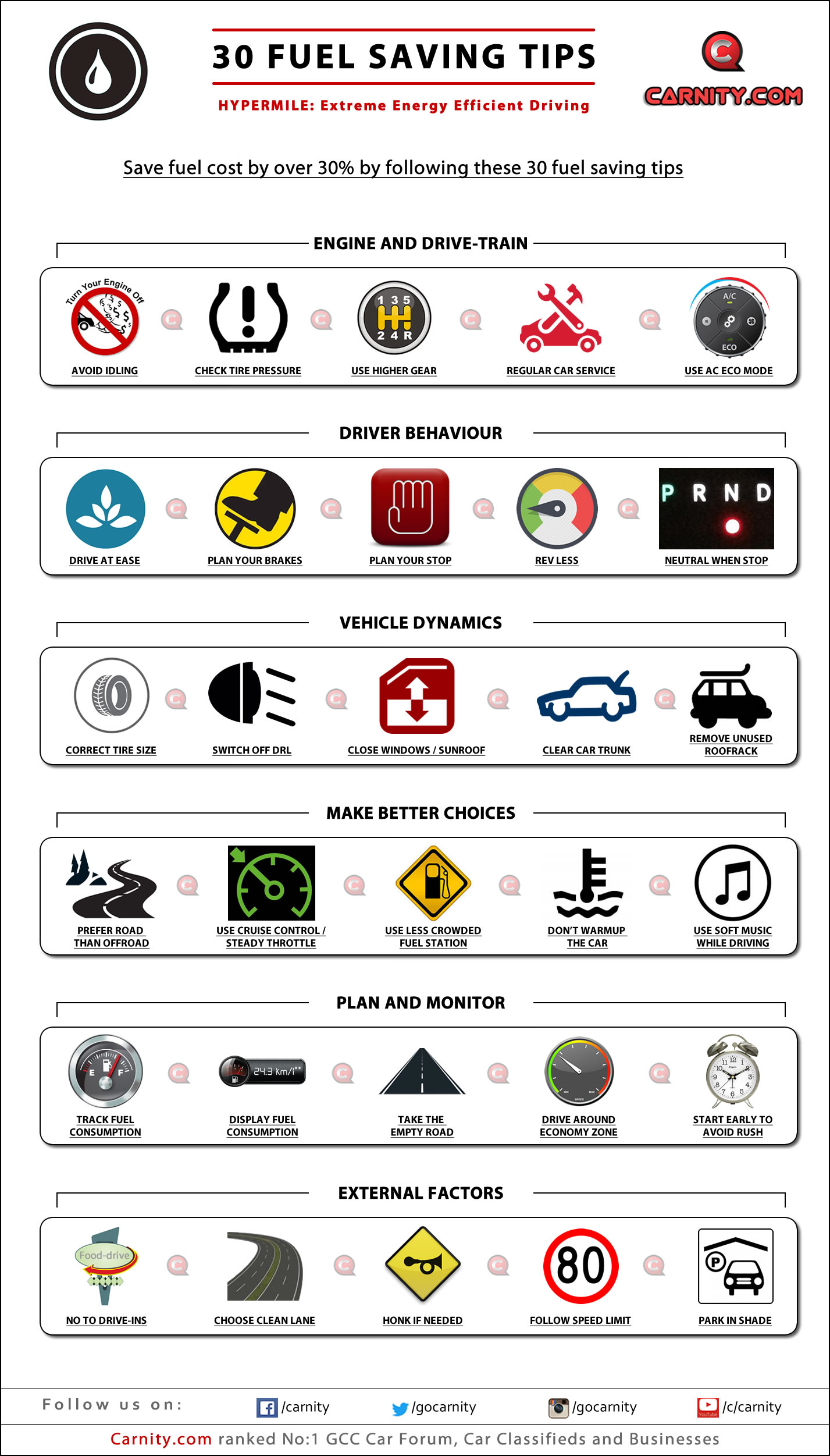
Engine and Drive-train
1. Avoid Idling: One of the biggest factors affecting the fuel mileage is to let the car engine run idle for a long time in parking, while loading/unloading while pulling over for phone calls or GPS routing etc. You should even switch off the car engine on a longer traffic signal that lasts more than 30 seconds. Roughly every 1 minute spent on idling consumes fuel for 2 km's drive (this may vary dramatically based on the size of the engine and use of A/C).
During idling the combustion of the air/fuel mixture is not completed efficiently, meaning that some fuel gets deposited on the cylinder walls. This removes the protective lubricating film, which in turn causes increased mechanical wear, and oil dilution over long periods.
2. Check tire pressure weekly: Second most important factor for saving fuel is to drive with fully inflated tires. Even if your car has TPMS (Tire pressure monitoring system) still keep a close check of all tire pressure all the time. TPMS will raise an alarm when the tire is generally lower by 5-7 psi and this variance is enough to cause additional drag for your car to consume extra fuel. Lower the tire pressure = higher fuel consumption.
3. Use higher gear: As much as possible, use the highest gear available in your car. If your car has an option of OD (Overdrive), leave it engaged all the time as this will switch to the next higher gear as soon as possible. If your car gear transmission comes with economy mode, leave it on ECO mode always as it will shift gear faster for achieving better fuel mileage.
In manual transmissions match the gear selection to the road and engine speed. Using too higher gears can actually use more fuel because a bigger throttle opening is required to overcome the effects of gear ratios that do not match the car’s speed.
4. Regular car service: Periodic servicing as mentioned in the car owner's manual must be done to change the engine oil, and engine oil filter, and clean or replace the engine air filter. This regular maintenance is very important for optimizing fuel efficiency and also to keep your car engine running happy and healthy for a long time.
5. AC on circulation and Eco mode: Set your car air conditioner to recirculate cabin air as it will use less power to keep the cool air cold, than cooling the outside hot air to cool in an open vent setting. Also use AC in an eco mode that frequently switches off the compressor and works more with re-circulation of cold air, which reduces the significant load on engine fuel economy.
Driver (Real nut behind the wheels)
6. Drive at ease: Driving at easy behavior to accelerate gradually and braking slowly will amazingly increase the fuel efficiency, then sharp speeding and braking while driving in rush.
7. Plan your brakes: Anticipate the traffic or turn ahead of you to avoid hard braking. Always keep an eye on the brake light of 3-4 vehicles ahead of you and leave the acceleration as soon they brake. This will give you enough time to slowly approach the braking vehicle and slow down your car with little or no brake. This conserves a lot of fuel and also saves the brake pads and brake rotors/discs.
Always keep a long enough following distance to the vehicle directly in front of you to avoid having to adapt your own speed to the traffic flow all the time. Maintain a following distance of at least four to five seconds to avoid continually having to brake and accelerate.
8. Plan your stops: While approaching a red signal, leave the acceleration from a distance and hold the brake gently as if to approach the signal when it’s green. Idea is to use the car's momentum as much as possible and not to start the car from a standstill point (if possible).
By sticking to the speed limits, you can catch all the lights on the green if you catch the first one on the green. The majority of the traffic lights are synchronized to the speed limits, so by driving smart, you can avoid having to stop at all traffic lights.
9. Rev less: Try to drive around 2000 rpm or less by driving in a higher gear or by a softer acceleration in automatic cars. Higher the engine rev’s it takes a lot more fuel and covers less distance. Leave high revs for the fastest car in the world and not for daily drivers.
Drive a manual car in its most effective rev range. Smaller engines need to be run at about 3000 to 3200 RPM to work comfortably, so use proper gear selection and matching engine speeds to use the least amount of fuel. Making small engine labor at lower revs requires bigger throttle openings, which uses more fuel to maintain power and speed.
10. Shift to Neutral when stopped: Make a habit of shifting gear in Neutral as soon as you stop in traffic or elsewhere where your car is not moving. Keeping the car engaged in D (Drive) wastes a lot more fuel when the engine is pushing the car forward and the brake is holding it back.
Vehicle Dynamics
11. Tire size and weight: Always get the OEM tire size of recommended tire brand. Increasing the tire size or the weight can cause a dramatic change in fuel consumption. Lighter the tires, better the fuel efficiency and vice-versa.
While it is true that correct tire pressures can improve fuel consumption by up to 3%, much of this saving can be offset by using non-standard tires. Fitting wider and bigger tires can actually use more fuel than standard equipment due to the increased rolling resistance of wider tires. Always keep tires as close to the original size/width as possible to get the biggest savings.
12. Switch off DRL: Turn off the DRL (Daytime Running Lights) if it’s not needed on a bright and shiny day, this also adds a bit of extra overhead for fuel consumption.
13. Close Windows and Sunroof: While driving at a higher speed, it’s better to drive with all windows and sunroof closed to reduce the aerodynamic drag.
14. Clear your trunk (boot): Remove all unwanted stuff from the trunk and backseat, as every single object weight “really” adds up to increased fuel consumption.
15. Remove unused roof rack: Just like above, if you aren’t using those roof racks frequently then better get rid of them and save a few liters on every fill-up. The roof rack adds weight and also affects the aerodynamics of the vehicle.
Make better Choices
16. Drive on tarmac than off-road: Prefer to drive on tarmac than on loose gravel or sandy patch that has less traction and results in consuming more engine power at higher fuel consumption.
17. Cruise control or steady throttle: Idea is to drive a vehicle at any constant speed to increase fuel efficiency. Cruise control is good for straight roads but bad for incline and declining roads. It is best to develop a throttle control to keep it at a set constant position all the time for best gains.
18. Choose a less crowded fuel station: Plan your fuel fill-ups in time, especially in the evening or night, and avoid a busy fuel station that will keep your car running idle for minutes and spoil the fuel economy further.
19. Don’t warm up the car: It’s a thing of the past now, as all modern cars don’t require warming up the engine for 5-10 minutes. While you start, driving gently (no hard acceleration) is more than enough to warm the engine oil and protect your car engine.
20. Use soft music while driving: The choice of soft music will make you more attentive and considerate on the road with all of the above fuel-saving tips. The fast or upbeat number will aggravate you more to forget all and drive fast as possible and race to the finish line.
Plan and Monitor
21. Track your fuel consumption: For improving the fuel mileage, one needs to track it on every fill-up and then compare it with previous mileage to improve further. Fuelly is one good site and app that offers tracking fuel fill-ups very efficiently and do the cross-comparison with previous tank reading to encourage driver.
22. Display fuel consumption in cluster: If your car comes with a fuel consumption display then drive it with that all the time to keep a constant eye on your driving behavior and constantly challenge and remind yourself to improve it.
23. Take the empty roads: Prefer to choose an empty road while routing than the traffic-filled road, as car consumes a lot of extra fuel in stop and go traffic. For example, a 5 km stretch in 20 mins will sip more fuel than a 10 km stretch in 20 mins.
You can plan the shortest and fastest route by using GPS navigation by using the traffic layer.
24. Drive around the economy zone: Every car speedometer has two little green points around the 40-60 and 80-100 range indicating the best fuel economy zone. Try to drive within or around that economy zone as much as possible.
25. Start early to avoid rush: Start 5-10 minutes early to avoid rush hours or rushing at high speed or getting stuck in stop-and-go traffic which is worst for fuel mileage.
External Factors
26. No to drive-ins: Start saying no to drive-in restaurants and cafés that get you stuck in the queue for several minutes and spoil the fuel economy. It’s better to step out and stretch a little while waiting for your order.
27. Pick the clean lane: While driving in a clean lane you can control your gradual speeding and plan your brakes than in a busy lane that forces you to brake and speed up all the time.
28. Honk if needed: If you suspect the car in the next lane gliding towards your lane without an indicator, just honk a little to get to his attention and avoid any hard braking or sudden maneuver.
29. Adhere to the speed limit: If you adhere to the assigned road speed limit then you are among the majority of the car driver on the road and you don’t have to slow down or pace up suddenly. These sudden increase or decrease in speed takes a toll on the fuel mileage.
30. Park in shade: This will heat up your car less and will use lesser air conditioning to cool the car cabin and resulting in less fuel consumption and a more comfortable drive.
-
 5
5
-
 2
2
-
 1
1

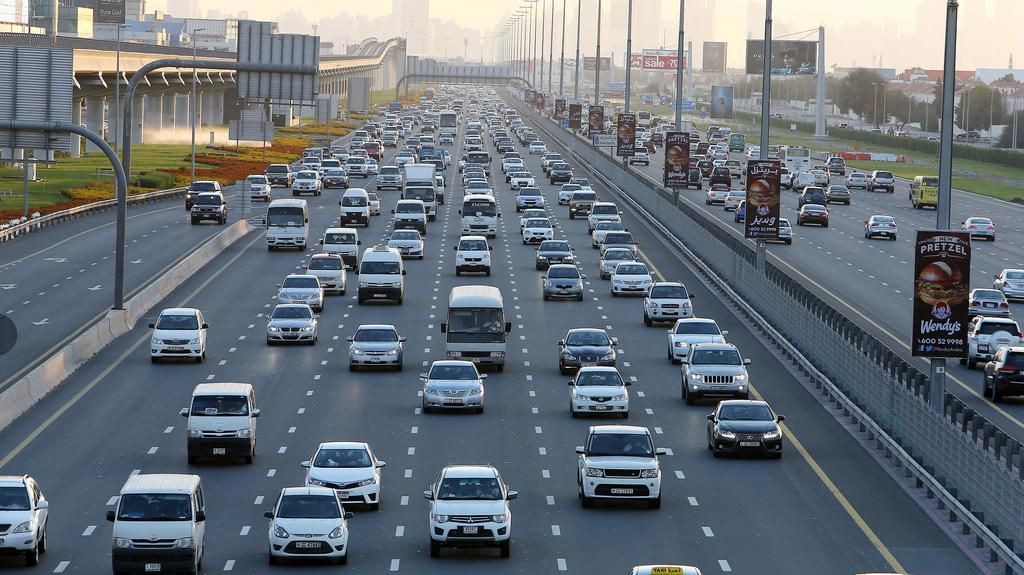

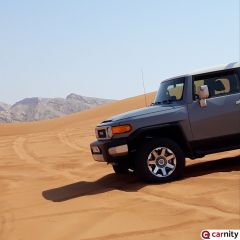


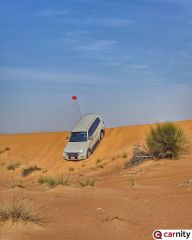
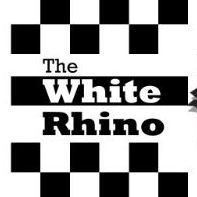
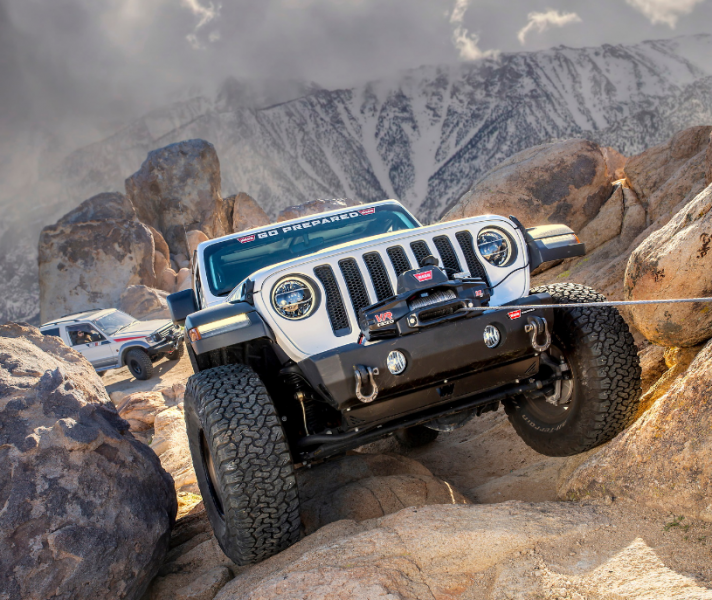
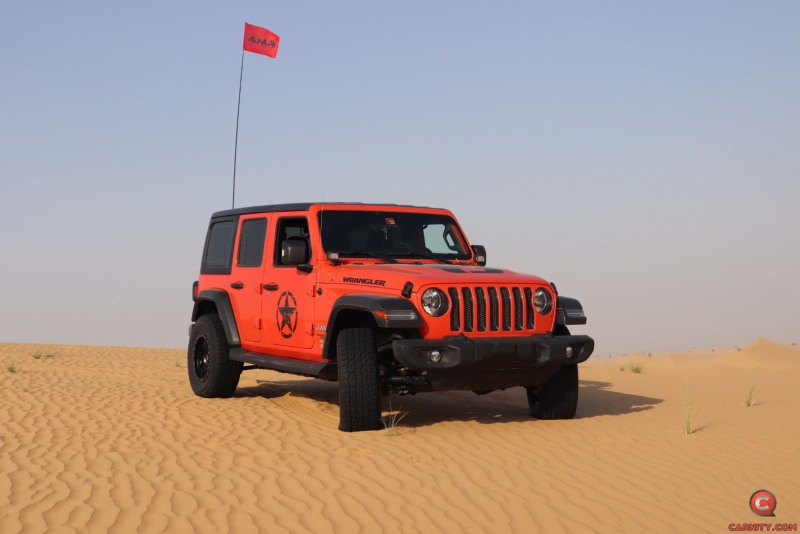
0 Comments
Recommended Comments
There are no comments to display.